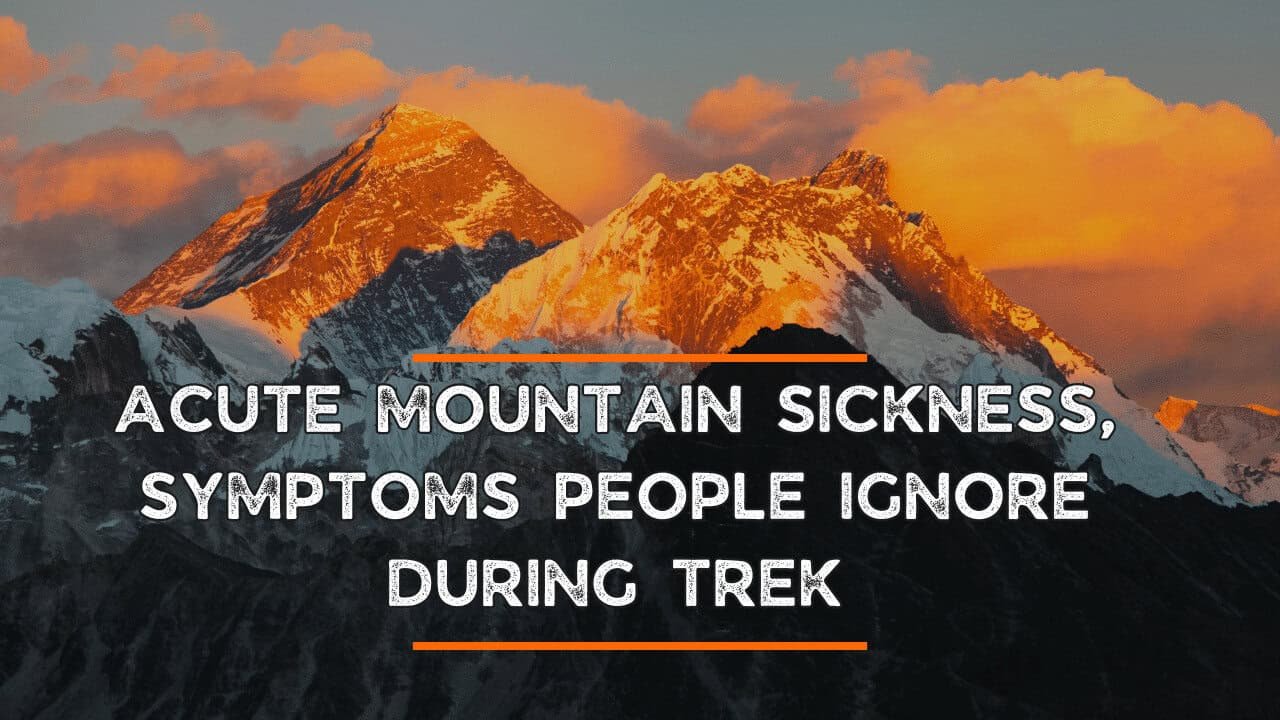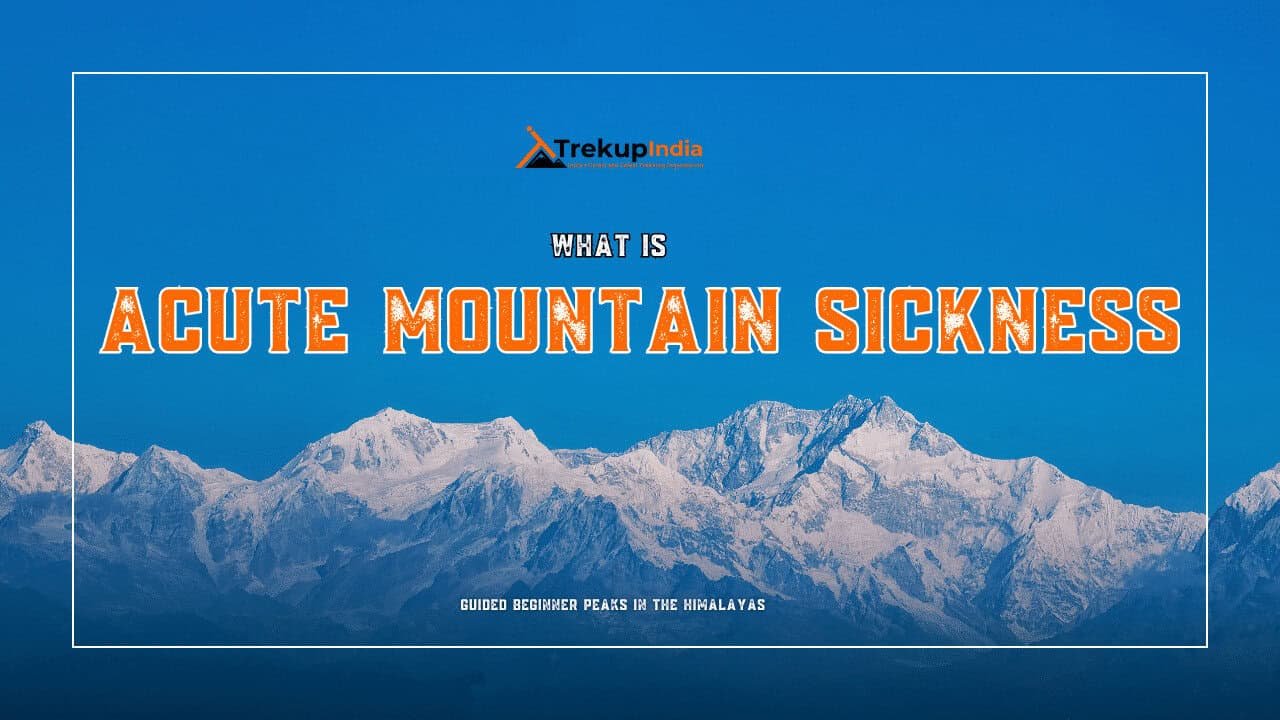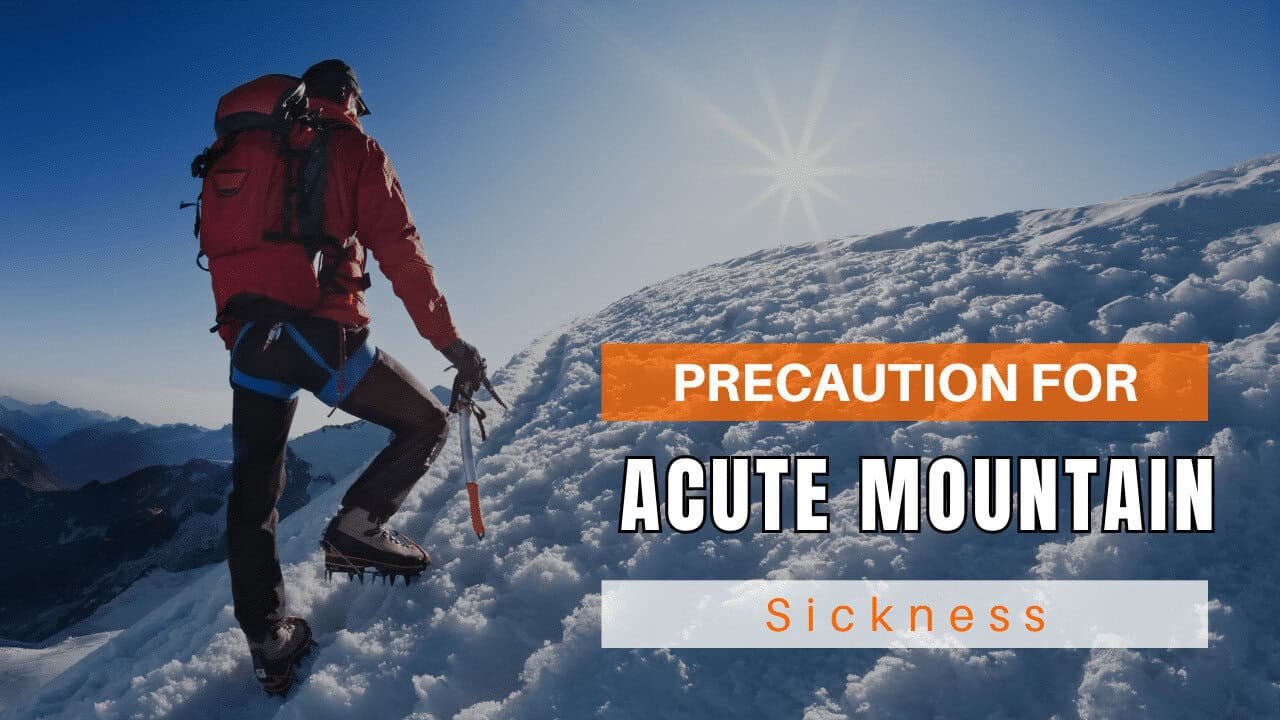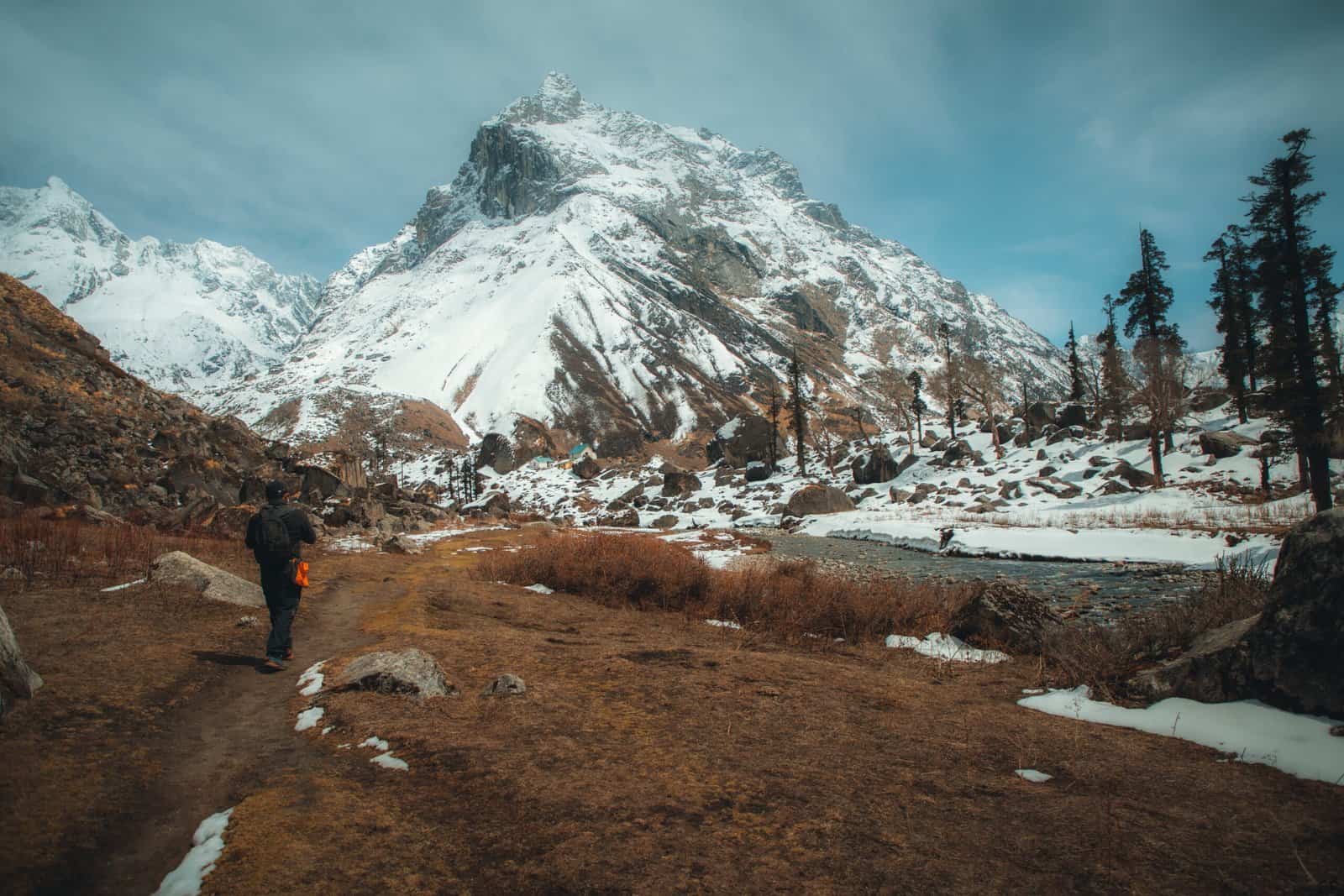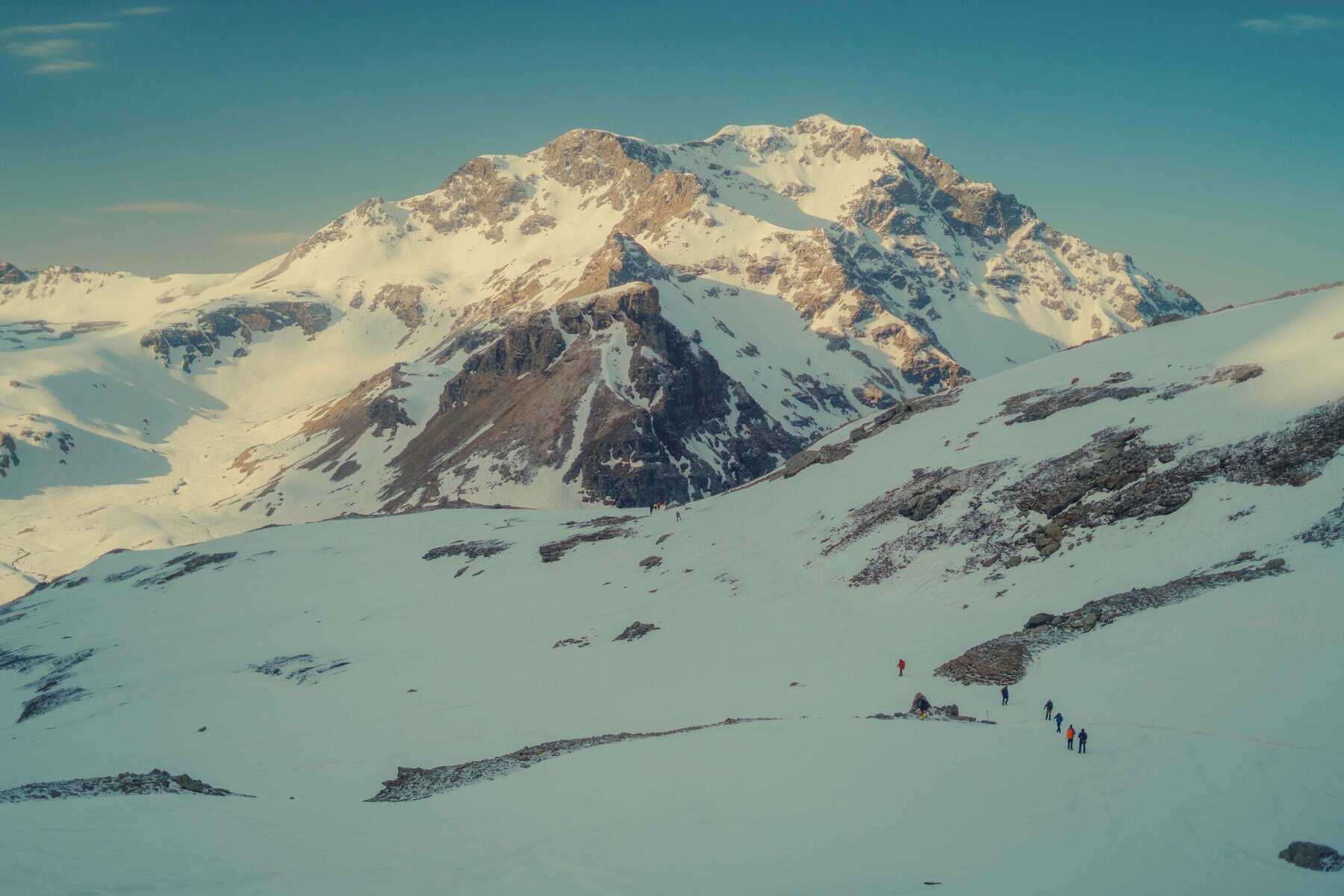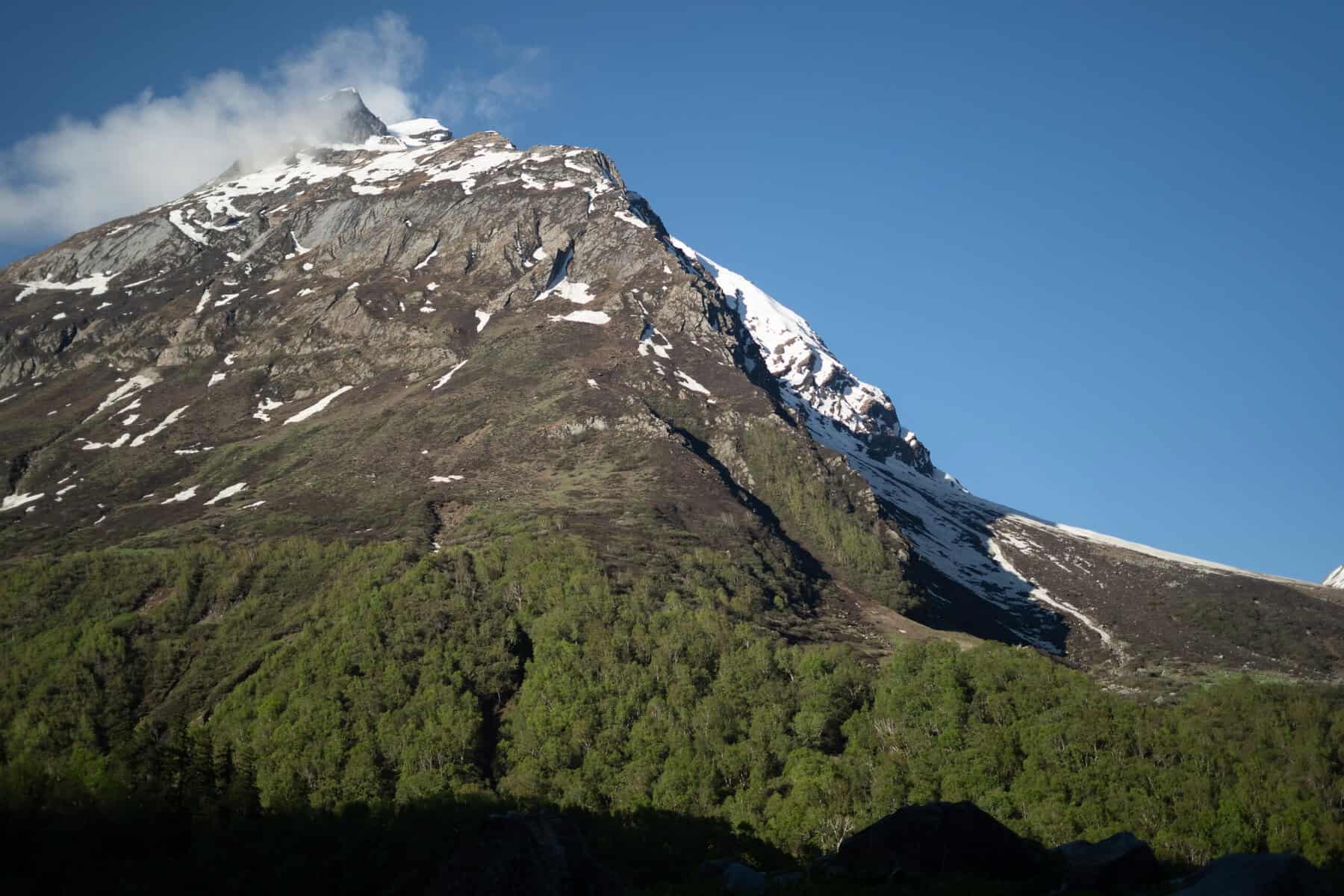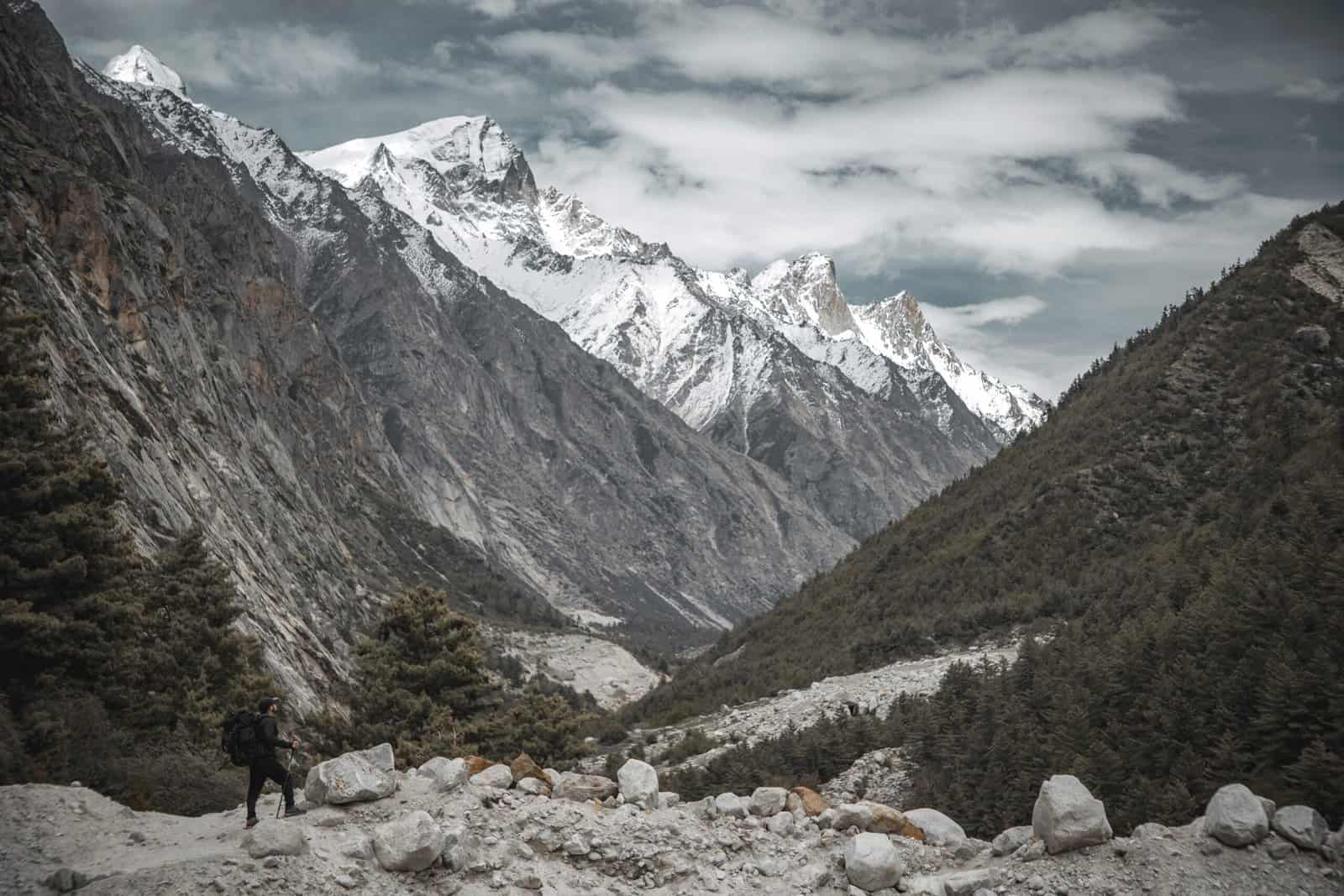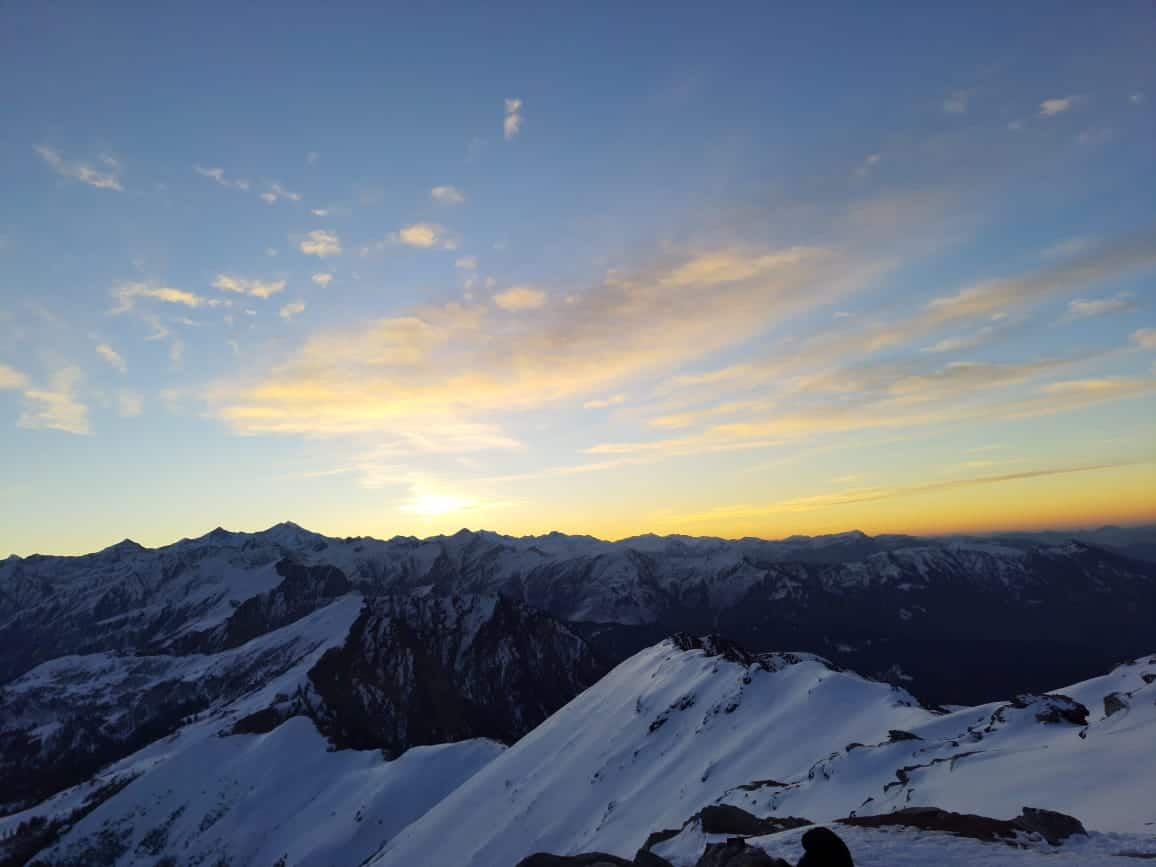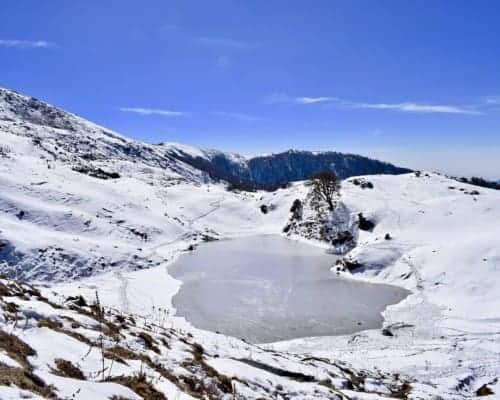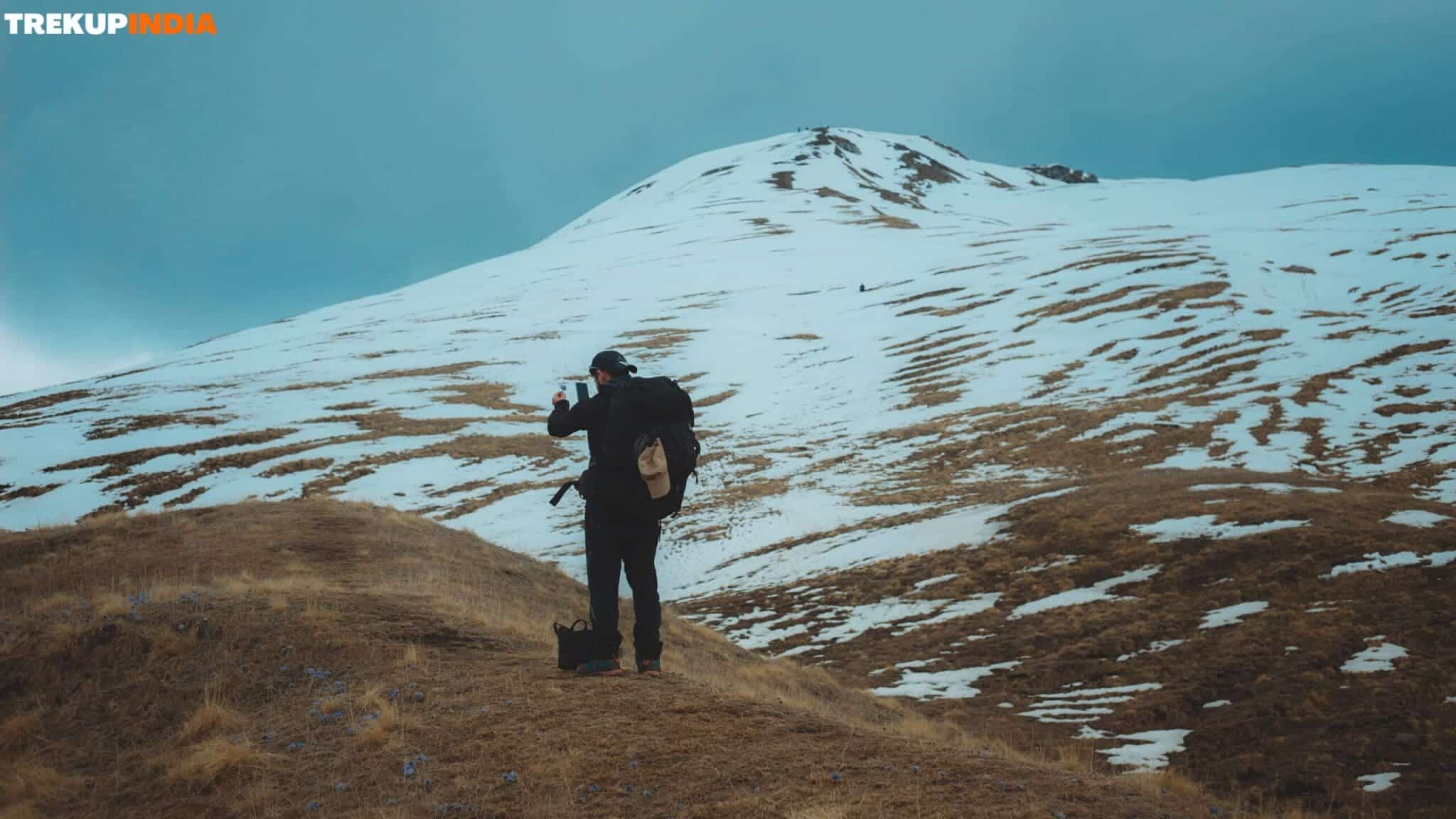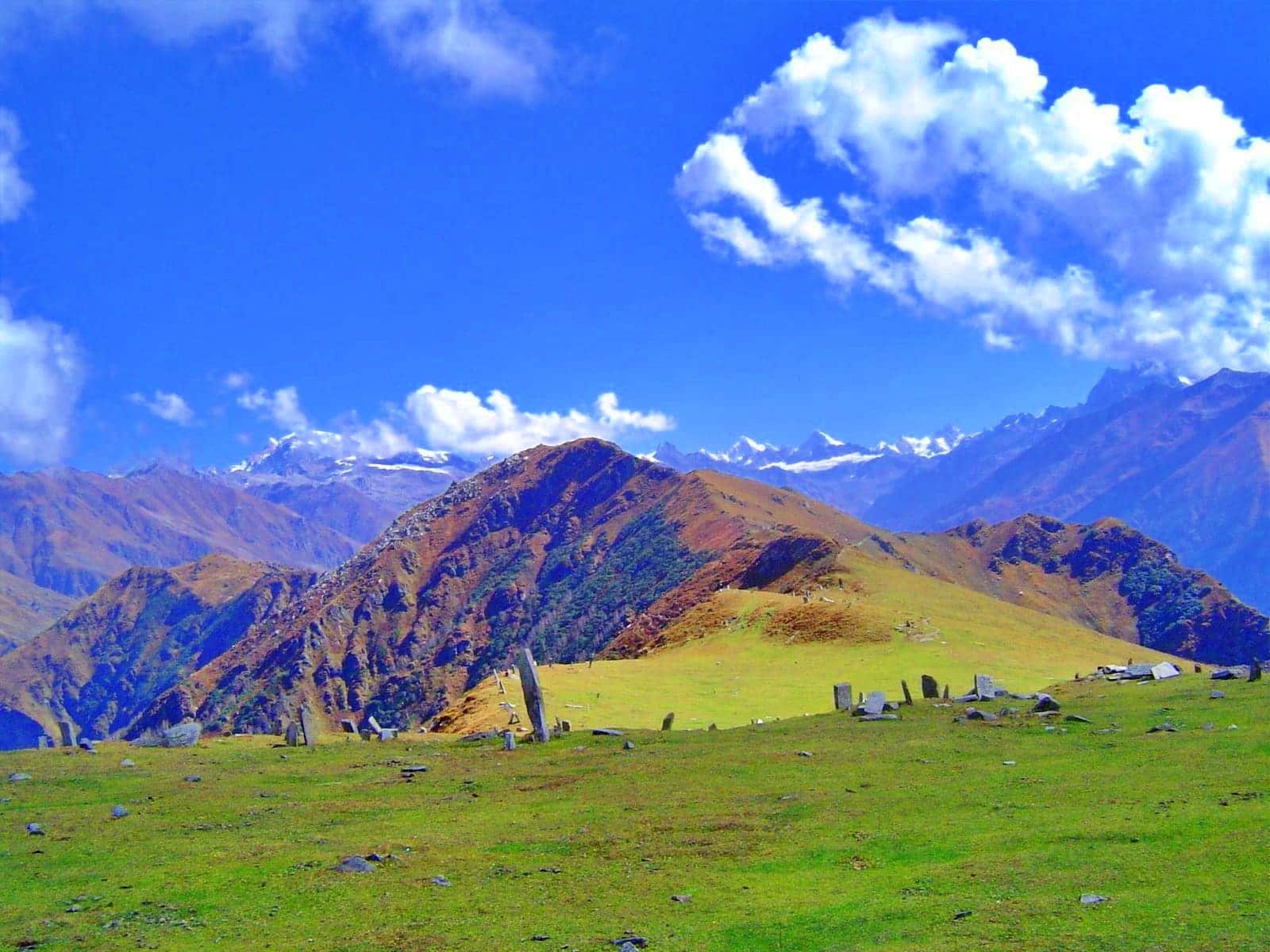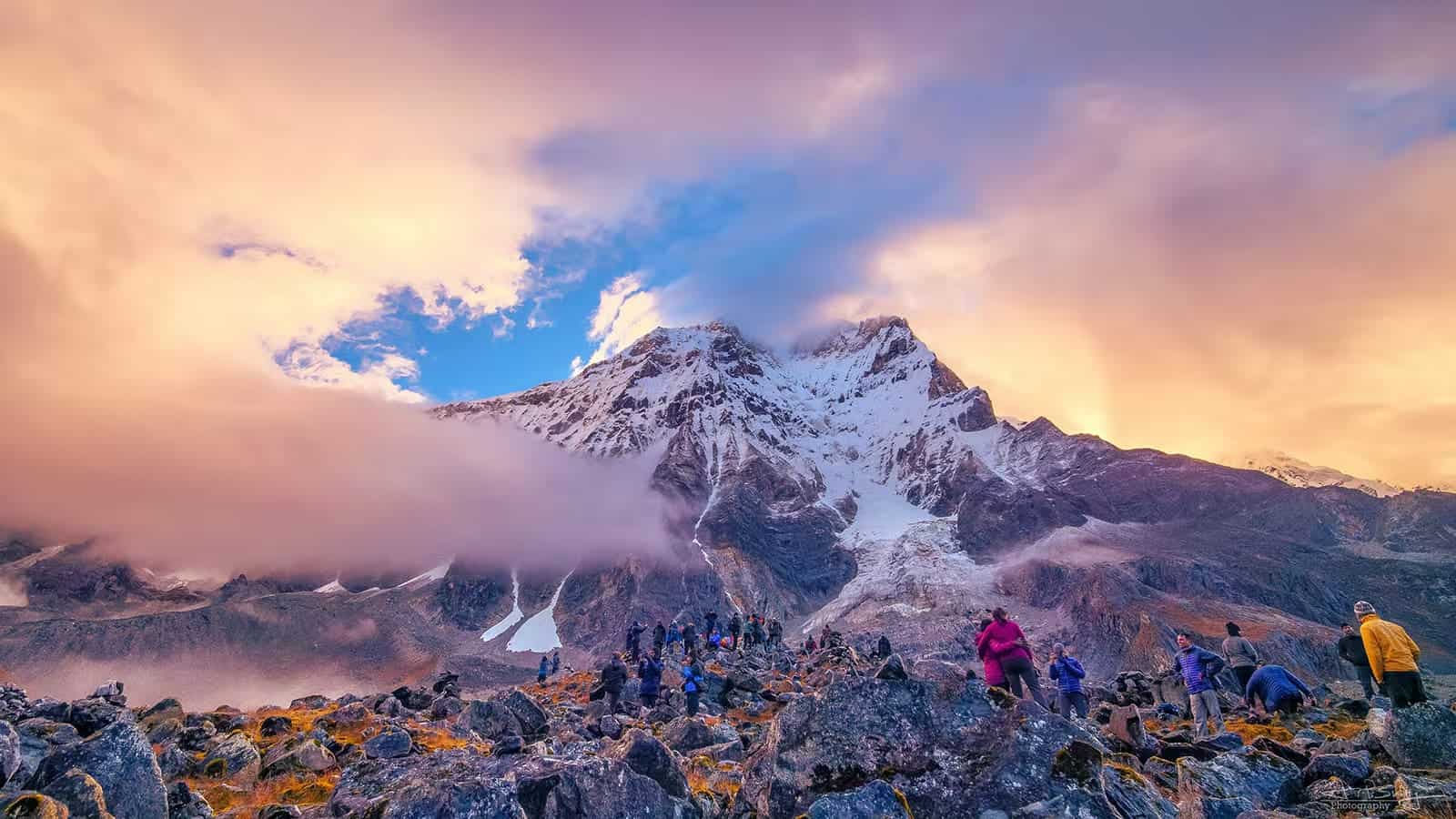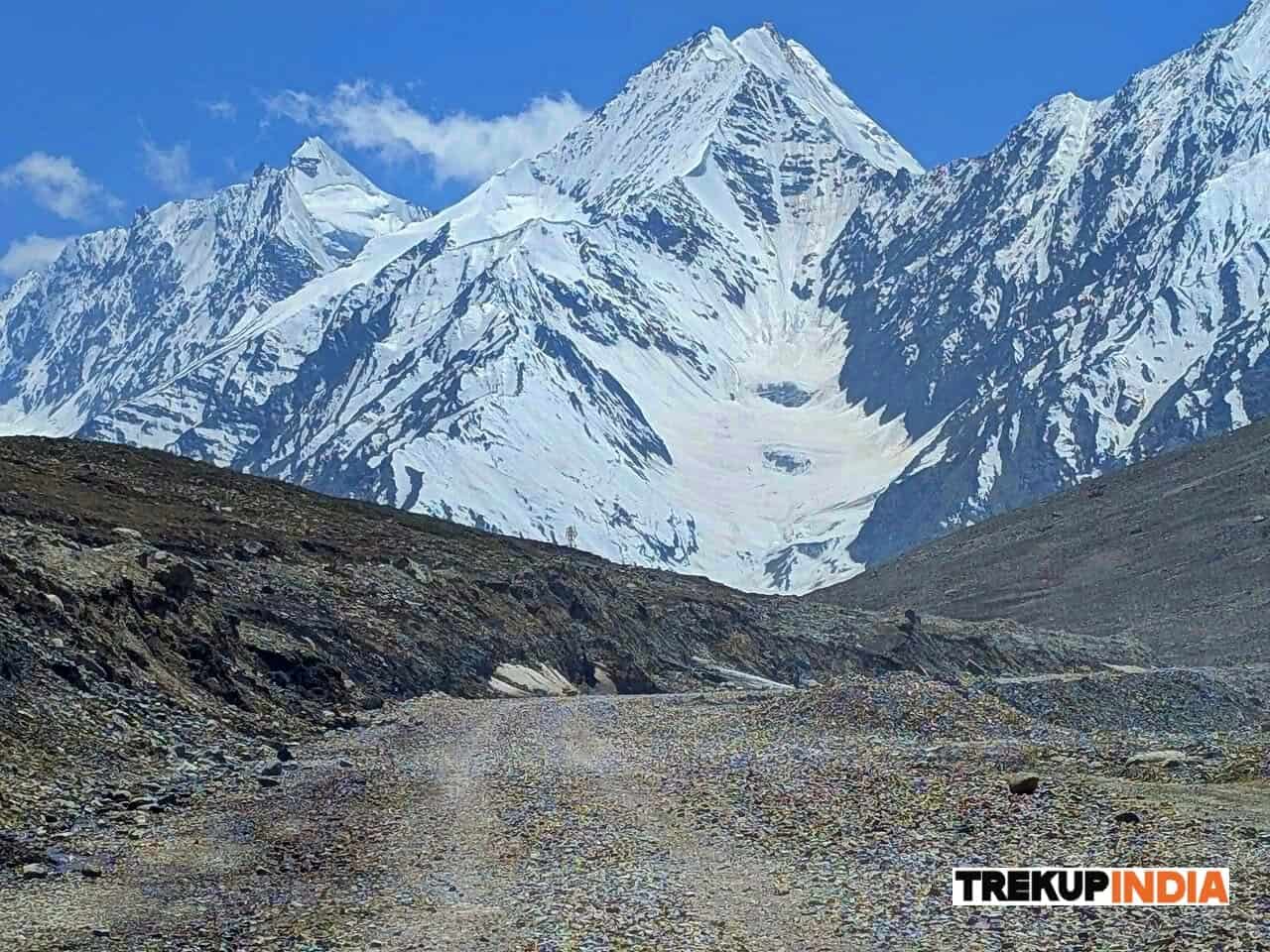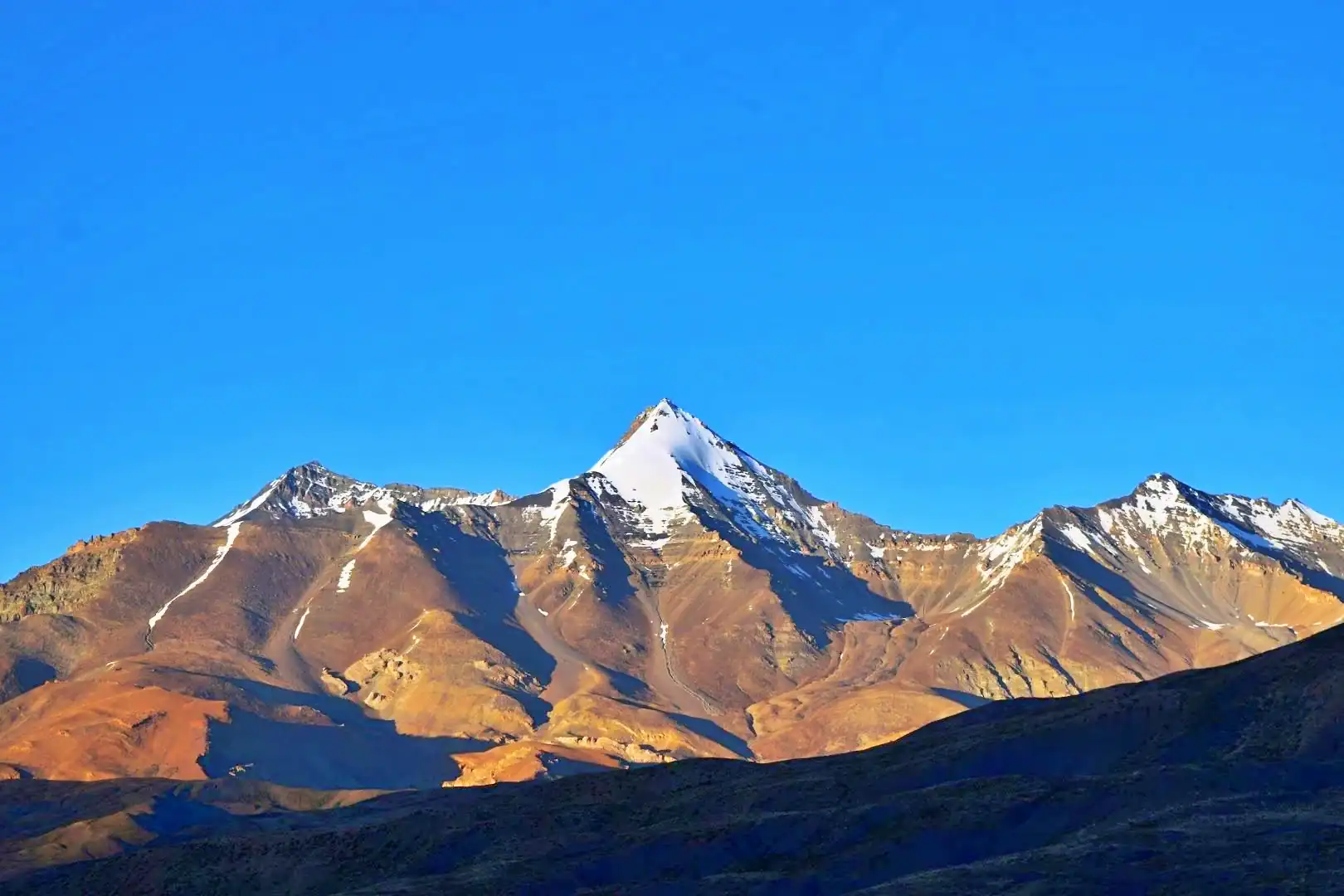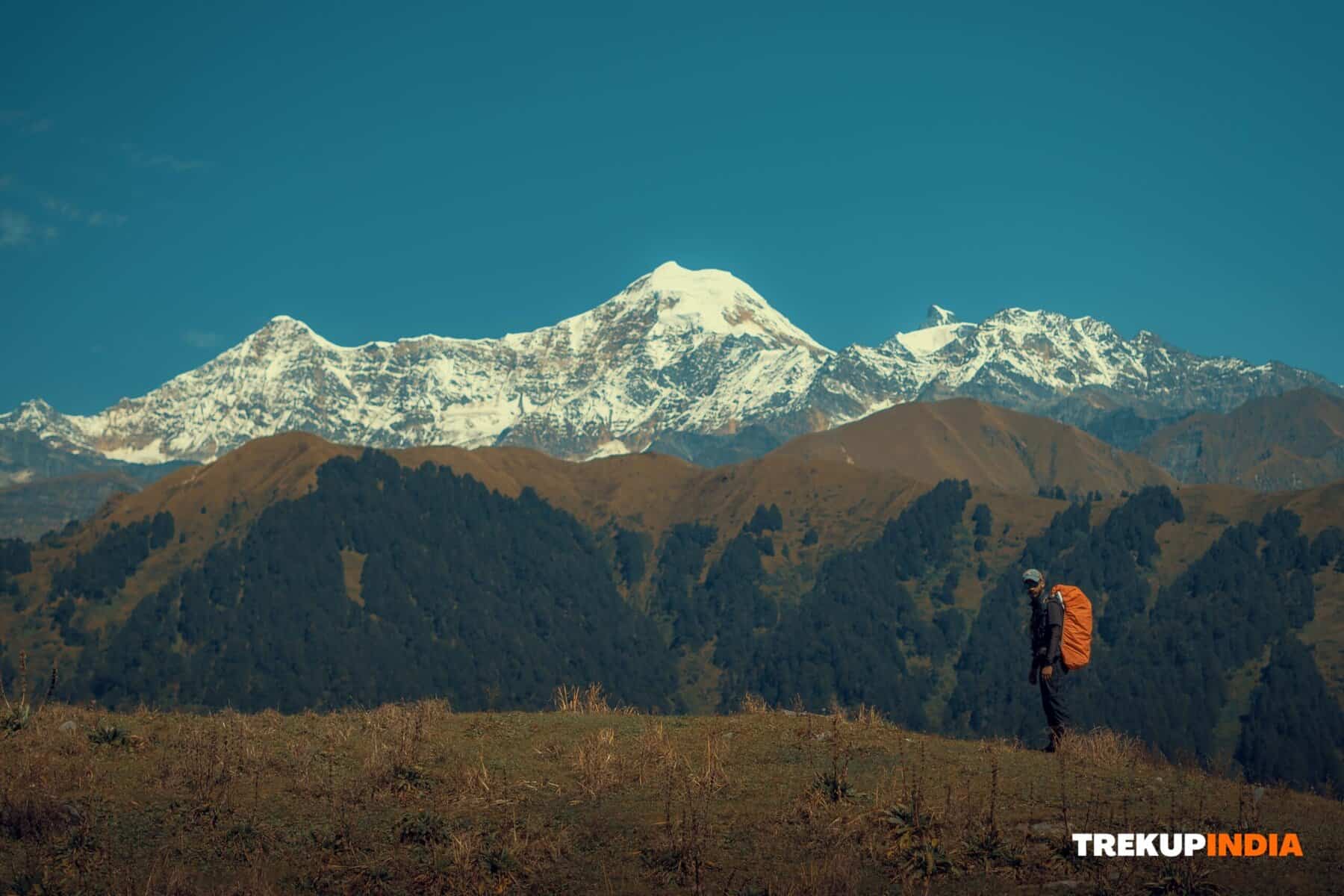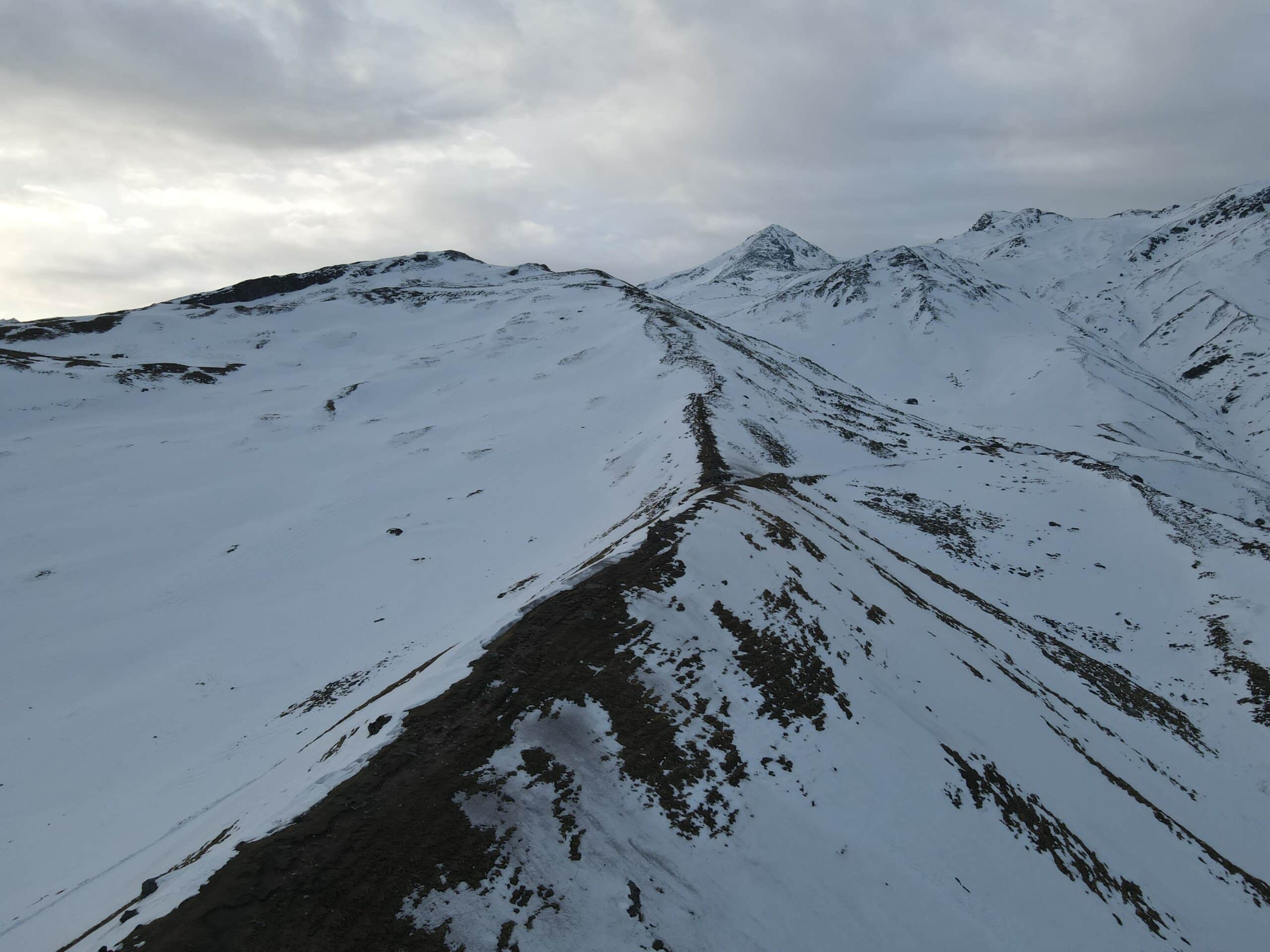Acclimatization in the Himalayas: Why Rushing Puts You at Risk
The majestic Himalayas attract trekkers and climbers from around the globe for treks and climbs; yet high altitude conditions pose serious threats if unwary trekkers do not understand the risks. Acute Mountain Sickness (AMS), High Altitude Pulmonary Edema (HAPE), and High Altitude Cerebral Edema (HACE) could all occur due to improper ascent adjustments without adequate adjustment periods for climbing too rapidly without sufficient rest periods in between each ascent attempt.
This article will focus on the importance and best ways of acclimatizing in the Himalayas, and we’ll outline safe approaches to help adjust to higher altitudes.
Why Is Acclimatization Necessary?
At altitudes over 2,500 meters, oxygen levels may become significantly less dense, forcing your body to adjust slowly to this change. If you accelerate too rapidly without first giving yourself time for adaptation, the risks increase significantly.
Mountain Sickness (AMS) symptoms include nausea, headaches, dizziness, and fatigue.
High Altitude Pulmonary Edema (HAPE) occurs when fluid builds up in the lungs, resulting in severe breathlessness.
HACE (High Altitude Cerebral Edema) Swelling of the brain can lead to confusion and loss of coordination or even lead to coma if untreated, potentially leading to death.
Rushing to ascend can be one of the most detrimental mistakes when climbing in the Himalayas.
Smart Acclimatization Strategies for Safe Trekking
Adopt “Climb High, Sleep Low”
In the morning, climb to a higher altitude to help with acclimatization before returning to a lower altitude at night for sleep.
The body can gradually adapt to lower oxygen levels.
Climb Steadily
To avoid altitude sickness or altitudes of more than 3,000m at night, do not attempt to ascend more than 300 500 meters each night at an altitude greater than 300 meters.
Schedule for Acclimatization Days(e.g., spending two nights at altitude).
Stay Hydrated & Eat Properly
Dehydration worsens AMS symptoms; for optimum performance, take 3 to 4 liters of fluid daily.
Consume high carb foods to increase your energy and avoid smoking or drinking alcohol.
Recognize Early Signs of AMS
Mild AMS symptoms may include headache, fatigue, and nausea take a break and drink water immediately.
AM: Vomiting, confusion, and breathing difficulties Act immediately!
Use Medication When Necessary
Diamox (Acetazolamide) can help protect against AMI; however, any medication administered must first be discussed with an experienced healthcare provider and their advice followed strictly.
Be wary of sleeping pills as they could lead to breathing issues.
Why Rushing is Dangerous: Real Life Consequences
Many trekkers eager to ascend mountains quickly fail to acclimatize, which results in:
Evacuations during emergencies (helicopter rescues may be costly and high risk).
Permanent health damage (HAPE/HACE) could even be lethal if left untreated.
Failure of expeditions (AMS) often forces people to abandon their trek.
Examples: Each year, Roopkund Trek (5,029m) has been the site for numerous cases of acute mountain sickness (AMS). Acclimatization can help avoid most cases.
Conclusion
Climbing the Himalayas isn’t an event; rather, it’s a delicate dance of altitude. Being aware of your body’s limits by scheduling acclimatization times and paying attention to any early warning signs can greatly increase the odds that your trek is safe and efficient. We at TrekUp India have observed time after time that those who take time to slow down not only safeguard their health but also experience the mountains better keep in mind that mountains will be waiting to welcome you, while your body won’t accept your speed as an everyday reality take your time, relax deep breaths in and allow Himalayas show its magnificence step by step.
About Author

Anoop Rawat (Admin TrekUp India)
Anoop has worked for 5 years as a Trek Leader with TrekUpIndia, leading numerous treks across the diverse and challenging terrains of Uttarakhand and Himachal Pradesh. He holds a degree in Geology with a specialization in Geographic Information Systems (GIS) from UPES Dehradun. During his academic years, he actively applied his classroom knowledge in the field—most notably by contributing to a glacier research project on the Jundar Glacier in the Har Ki Dun Valley, Uttarakhand. Write Anoop at anoop@trekupindia.com
Share this article
Dates For Upcoming Treks
Want To Trek Like Pro?
Basically, watch these videos if you want to trek the same way professional trekkers do and make your skills better. These videos contain useful tips and techniques to further improve your trekking skills itself. These videos actually help both new and experienced trekkers improve their trekking skills. These videos definitely provide useful tips that make your trek better. We are seeing that these videos by Trekup India experts will only help you make your trekking skills better.
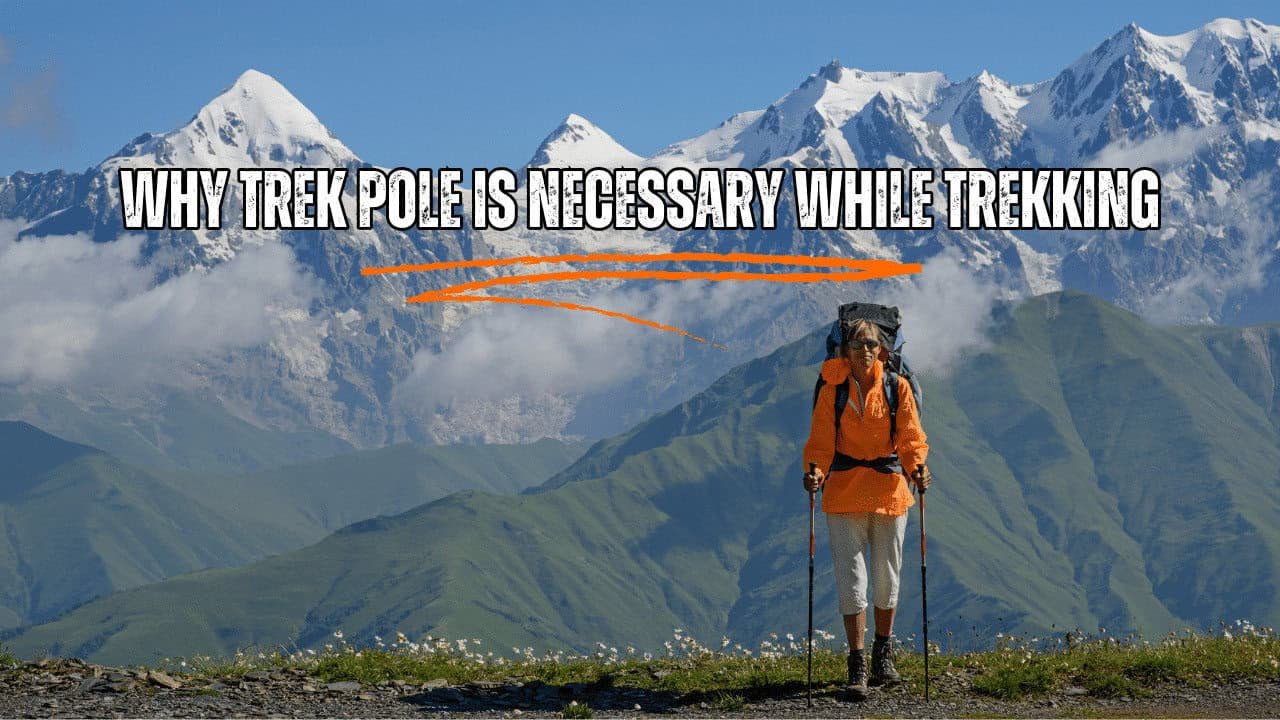
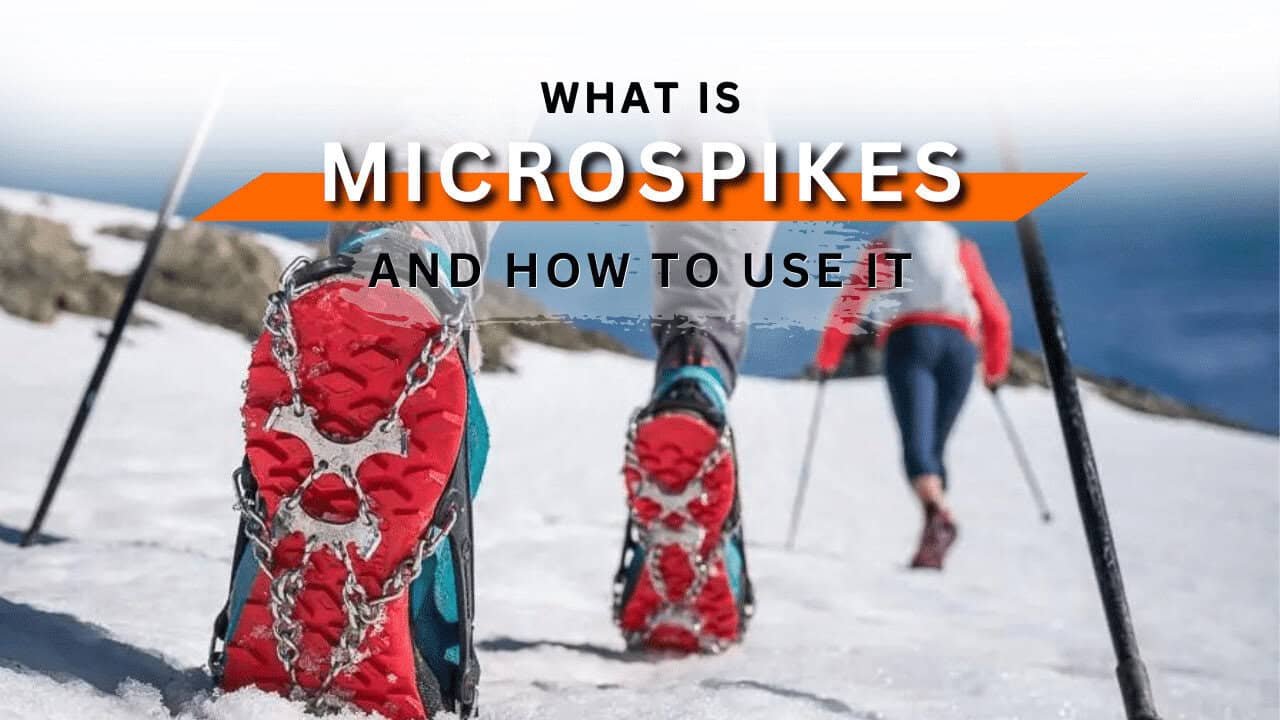

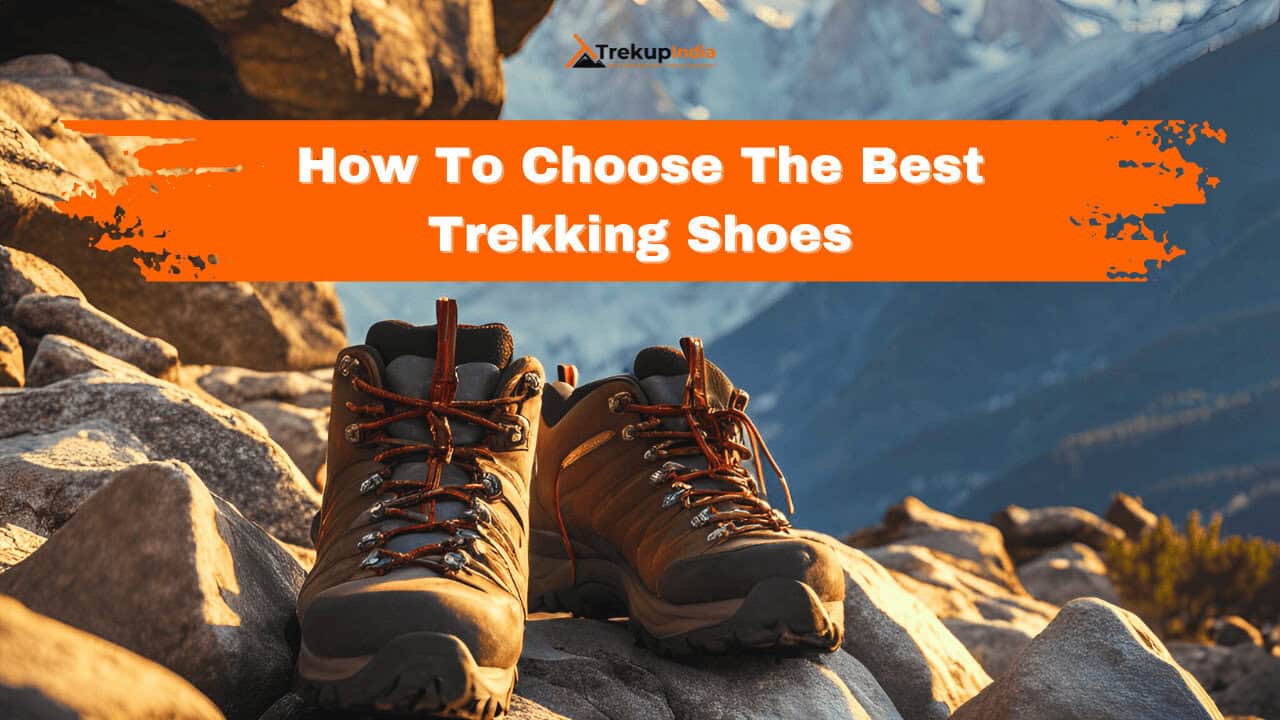

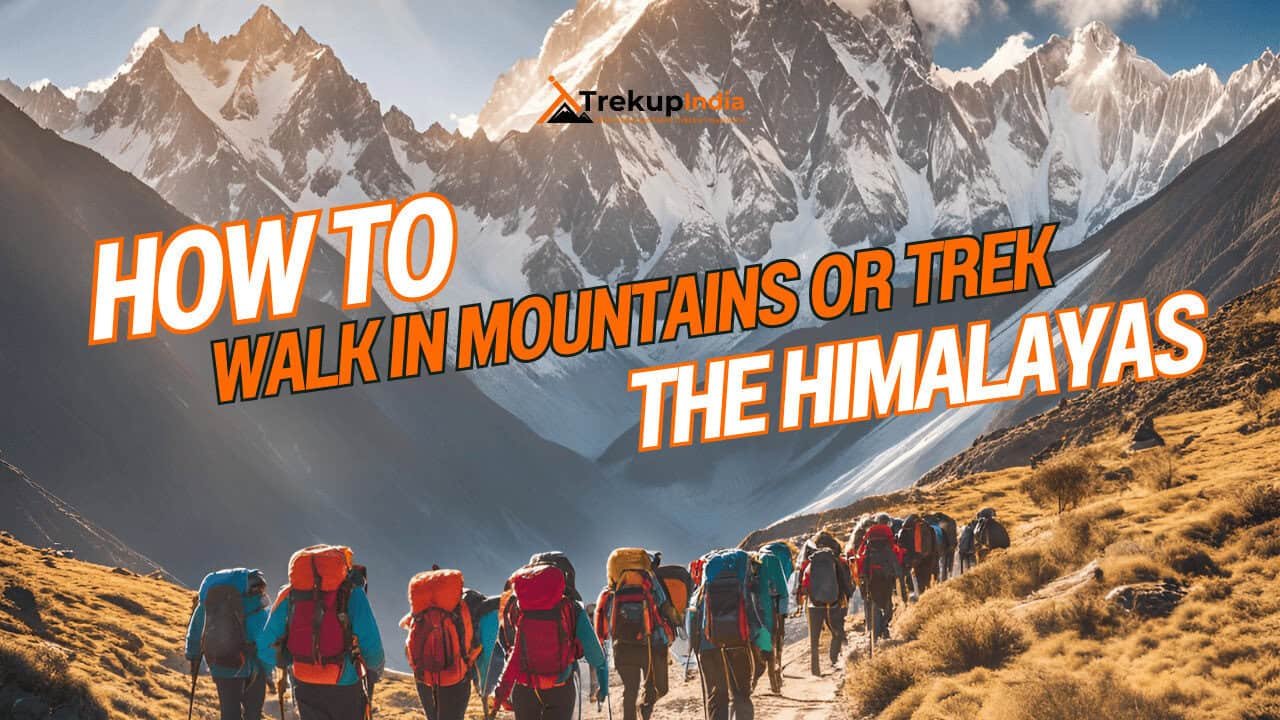

Know Everything About Acute Mountain Sickness
Acute Mountain Sickness occurs when people trek to high altitudes above 8,000 feet. This condition itself develops further due to reduced oxygen levels at such heights. Basically, as you go higher up, the air pressure and oxygen levels decrease, which causes the same problem. Acute Mountain Sickness surely causes headache, nausea, vomiting, and dizziness in affected persons. Moreover, peoples also experience difficulty in sleeping during this condition. To avoid mountain sickness, you should actually trek up slowly to higher altitudes. To learn further about this condition itself, watch the videos by Trekup India.
